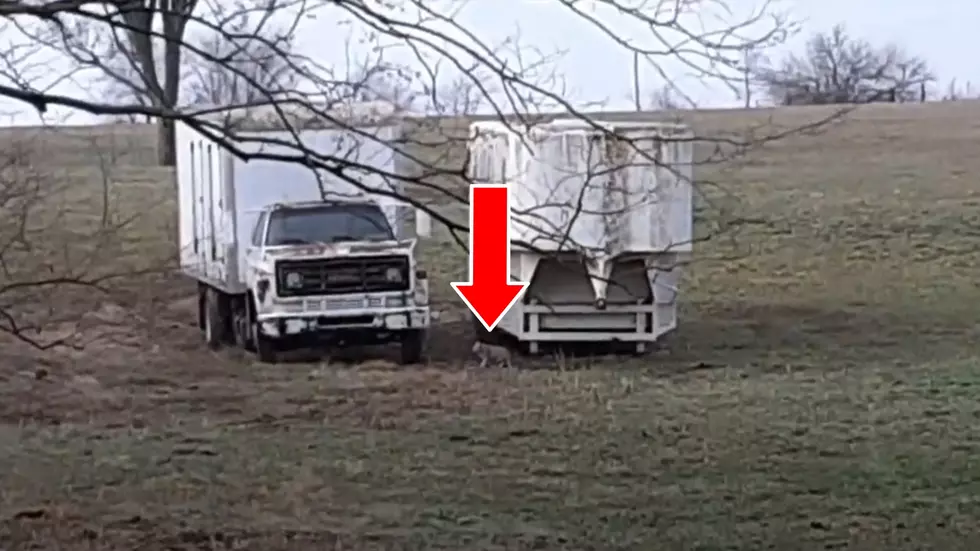U of I Crop Ratings
URBANA -- The National Ag Statistics Service’s weekly Crop Progress & Condition report gives a subjective estimate of the condition of crops each week during the growing season. University of Illinois crop sciences professor Emerson Nafziger doubts that these early-season numbers are useful predictors of final yield.
“Crop ratings tend to reflect how the crop looks on a given day,” he said, “but because it’s one of the few numbers available early in the season, many people like to use it to make guesses about yield potential. It’s no surprise that, as the season progresses, the correlation between crop ratings and final yield improves.”
The ratings give the percentage rated Very Poor, Poor, Fair, Good, and Excellent for each crop category. Many people use the sum of the Good and Excellent percentages, or G-E rating, as an indicator of how much of the crop is in good shape.
To test whether the early-season indicators are good predictors of final crop yield, Nafziger compared the late May G-E rating with the final corn yield for Illinois each of the past 12 years. With one exception, he found crop rating to be of no value in predicting final yield. In fact, the late May G-E rating for 1988, the worst corn year in the past 30 years (73 bushels per acre), had a late May G-E rating of 78 percent.
Crop ratings have been good so far in 2012, but dropped from 79 percent to 66 percent G-E between May 20 and May 27. This drop in ratings reflects the continuing dry weather.
“Because it’s a subjective measure, even a crop with a good stand and good uniformity is not likely to be rated as excellent when its leaves are rolling up in the afternoon due to lack of water,” explained Nafziger. “Add to that the increase in unevenness of plant size that is resulting from differences in root growth and water availability to individual plants and some loss of uniform, green color as water and nutrients become more limiting. The crop starts to look less promising.”
Leaf rolling brought on by lack of adequate water is never good. Rolled-up leaves do little or no photosynthesis and accumulate little dry matter. Leaves and stems that develop under such conditions tend to remain small, which reduces their ability to photosynthesize fully even if water becomes available later. If the conditions remain unchanged over several weeks, growth is stunted, and the plant is less likely to recover fully.
A question that is often asked at this crop development stage is whether stress now will reduce final yield potential even if rainfall returns to normal levels.
“The short answer is no; we have no evidence that a corn plant that undergoes moderate water stress during the first half of vegetative growth – say, through V10 or so -- suffers irreversible loss of potential kernel number or size,” said Nafziger.
Many people, however, recall having seen stress symptoms during early vegetative growth and point to this to explain yields that are lower than desired. They often note that the number of kernel rows on the ear was smaller than expected, or smaller than normal for that hybrid.
“It’s likely that stress can reduce kernel row number, though it is very difficult to show that this occurred because of early stress,” said Nafziger. Seasons that produce low yields almost always have stress during the second half of the season, and separating the effect of earlier and later stress is not possible. Loss of kernel rows due to abortion, or “zippering,” is usually due to stress at or after pollination, not during early vegetative growth.
In contrast, corn that undergoes moderate stress only during early vegetative growth often yields very well. In part, this is because ear and tassel growth up through the mid-vegetative stages requires very small amounts of the plant’s resources, so modest reductions in plant sugar have little effect. These plant parts are also developing inside the wrapped leaves, which protect them from the effects of inadequate water.
May has been both warmer and drier than normal all over Illinois. While the low rainfall levels continue to be a source of concern, most of the fields where the roots are tapping well into the soil water have reasonably uniform growth and good crop color.
Other benefits of the dry May weather is near-total absence of drowned-out areas of fields and almost none of the excessive nitrogen losses that have followed wet spring weather in recent years. Soil conditions remain conducive to deeper rooting, and this could provide real benefits if dry conditions occur later in the season. The frequencies of some plant diseases that require wet weather to develop have also been reduced.
“On balance, the warm, dry weather has been favorable, and we do not believe that there has been any substantial loss of yield potential in most areas up to now,” Nafziger concluded, though he notes that some of the crop has not been able to establish a good root system yet and remains under stress. “When we reach the point where current soil water supplies will no longer provide water at rates high enough to sustain maximum growth rates, the need for rainfall will become more urgent.”
More From KHMO-AM 1070, News-Talk-Sports








